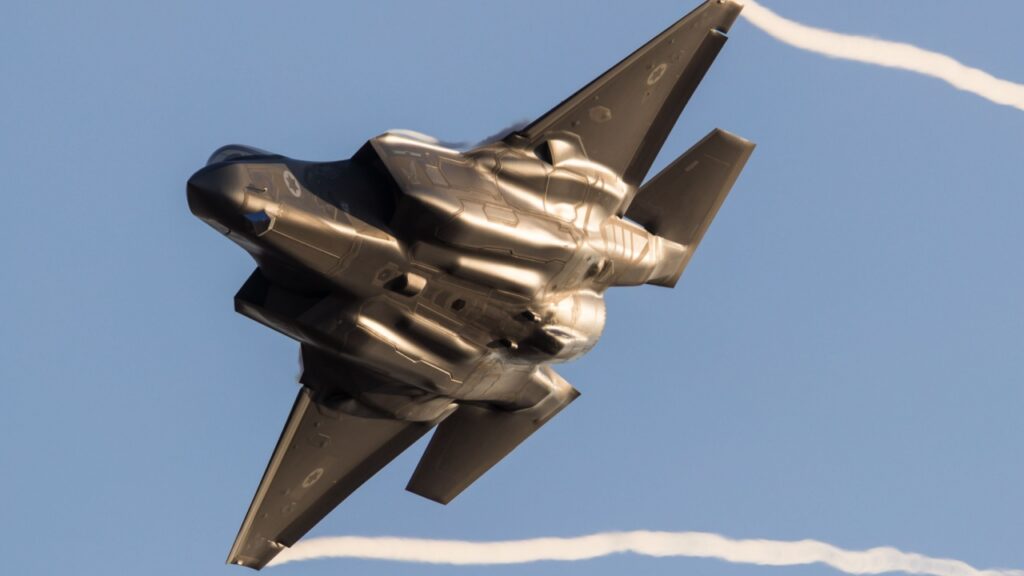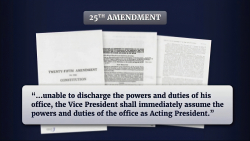10 Best Tanks on the Battlefield – The Key Points and Summary
- Battlefield Reality vs. Technology: Highly advanced tanks like Russia’s T-14 Armata and cutting-edge Western MBTs often prove too complex and expensive for large-scale, sustained warfare. Many militaries fall back on simpler, proven designs.
- Mass Production Trumps Sophistication: The Russian T-72 tops the list not because it’s the most high-tech, but because it’s cheap, durable, and easily mass-produced. Its sheer numbers and battlefield presence make it more decisive than flashier designs.
- Western Tank Limitations: Tanks like the Leopard II, Challenger 2/3, and M1 Abrams offer high performance, but their cost, weight, and limited production capacity reduce long-term battlefield sustainability.
- Modern Threat Environment: Main battle tanks now face threats from drones, loitering munitions, Javelins, and IEDs. Survivability, field repairability, and quantity are often more important than cutting-edge specs.
- Regional Success Stories: Platforms like the K2 Black Panther and Merkava V excel within specific environments and doctrine but may not scale easily for prolonged or global conflicts.

Top 10 Main Battle Tanks: Which Ones Truly Dominate the Battlefield Today?
Main battle tanks (MBTs) still play a critical role in modern warfare, but the criteria for what makes a tank “the best” have changed. In today’s combat zones, it’s not just about who has the most firepower or thickest armor. It’s about which platforms can survive drone swarms, precision-guided munitions, and high rates of attrition. In short, staying power matters more than cutting-edge tech.
Modern Tank Requirements
Throughout history, tank design has been a balance between sophistication and sustainability. During WWII, German tanks like the Panther and Tiger were mechanically impressive but slow and expensive to build. Meanwhile, the U.S. Sherman was easier to produce and field at scale, and that made all the difference in prolonged conflict.
That same lesson is playing out in 2025. Russia’s T-14 Armata is one of the most advanced tanks ever built, but it has rarely seen frontline combat. Why? It’s expensive, complex, and vulnerable in real-world battlefield conditions. Instead, Russia relies on upgraded T-72s: proven, rugged, and far easier to replace.
On the Western side, the U.S. continues to rely on the M1 Abrams, a Cold War-era workhorse that has consistently evolved with digital upgrades, active protection systems, and modular armor. The Abrams may not be flashy, but it’s still one of the most reliable tanks on Earth, and its long-term performance shows why proven platforms matter.
What Makes a Tank Truly Effective Today?
Tanks were first created to break trench lines in World War I. That mission hasn’t changed, but the threats have. Modern MBTs must now survive laser-guided missiles, explosive drones, and anti-tank ambushes in urban terrain.
So, what defines the best tank in 2025? It’s not just what’s on paper. The best tanks are the ones that show up, hold the line, and keep fighting. Survivability, adaptability, and ease of repair often matter more than having the newest electronics or the most advanced shell. If a tank can’t endure under pressure or can’t be replaced quickly, it won’t last long in today’s wars.
Main Criteria for Selecting the Best Tanks on the Battlefield
Not all tanks are created equal; the best ones today are judged by more than just specs on paper. Sophisticated optics, modular armor, and digital fire control systems are valuable, but survivability, reliability, and battlefield utility often matter more.
This ranking considers both traditional measures of combat power and how tanks perform under real-world conditions, especially in prolonged or high-intensity conflicts.
These are the core criteria used to evaluate and rank the top tanks:
- Survivability & Defensive Systems: How well a tank can withstand modern battlefield threats, including anti-tank missiles, mines, loitering munitions, and drone strikes. Active protection systems (APS), reactive armor, and crew survivability features are key here.
- Operational Range & Logistics: Tanks must be able to travel long distances and stay in the fight without frequent resupply. Fuel efficiency, range, and compatibility with existing military logistics matter just as much as top speed.
- Adaptability & Upgrade Potential: The ability to integrate new tech, like next-gen sensors, fire control systems, or APS, without a full redesign is crucial for long-term relevance.
- Production & Availability: Even the most capable tank isn’t much use if only a few exist. Ease of manufacturing, availability of spare parts, and production scalability are essential in modern conflict scenarios.
- Multi-Role Capability: Tanks that can operate effectively across different environments, urban, desert, forest, and support various roles beyond direct firepower (e.g., infantry support or anti-drone capability) are increasingly valuable.
- Reliability & Field Performance: Combat-tested reliability and ease of field repairs determine how long a tank can stay in action. Tanks that perform well in mud, dust, and harsh environments rank higher.
- Strategic Impact & Deterrence Value: Some tanks may not see combat often, but their presence shapes military planning and acts as a powerful deterrent. Strategic impact counts, even if the tank’s combat record is limited.
The Top 10 Tanks on Planet Earth Right Now
With this in mind, the top 10 best tanks in the world are (from least to greatest):
10. British Challenger 3
The next-generation replacement for the much-ballyhooed Challenger-2 MBT, is really more of an upgrade rather than a total replacement. Although, the new tanks are said to have increased capabilities, thanks largely to their network-enabled computer systems and the new, even more powerful main cannon. In this case, the tank is being built with 120mm High Pressure L55A1 main gun which, according to Rheinmetall, the maker of the Challengers, will shoot the latest kinetic energy anti-tank rounds and programmable multi-purpose ammunition.
The tank is equipped for modern electronic warfare capabilities and has enhanced armor protection for its crew as well as high-tech sensors that allow for long-range target acquisition and tracking for the tank commander. This tank is hugely expensive and is unlikely to be mass produced in the numbers that Britain would need to make this tank truly worth it.

9. British Challenger 2
The British Challenger-2 is one of the most overhyped MBTs imaginable. A third-generation tank, it is in use by the British Army and Oman (although the Brits are retiring this MBT in favor of the aforementioned Challenger-3). Equipped with an L30 120mm tank gun, firing both long rod penetrator and High Explosive Squash Head (HESH) ammunition natures, according to the Rheinmetall website (the builder of the Challenger tanks), this tank was given over to the Ukrainians during the tank craze last year.
Sadly, the Challengers are far too heavy and get bogged down in the soft soil of the Ukrainian battlefield. While these MBTs had successful deployments in both Bosnia and Iraq, the fact of the matter is that they did not go up against a near-peer competitor, such as the Russians. Reports indicate that the Challengers have already suffered at least two casualties (out of 14 units) since they were deployed late last year, largely because they are not mobile in the Ukrainian soft soil. So, this tank is completely overrated.
8. German Leopard II
This tank is one of the most advanced MBTs in the world. It was billed as the tank that would save the flailing Ukrainians in the second year of their thus far three-year campaign against Russian invaders. Yet, these tanks have hardly made the difference we were assured they would make. In fact, images have proliferated across the internet showing the Russians dragging a battle-damaged Leopard back to Moscow to put on display after it was abandoned by its Ukrainian tank crew in battle. These tanks are sophisticated, they are maneuverable, they have efficient engines and even greater firepower.
But, as with all Western technology, there aren’t enough of them available and the system is far too expensive and complex to easily reproduce in a timely fashion. In the areas where these tanks can mass, they can be quite effective. But there will never be enough of these tanks to fight against the incoming hordes of Russian invaders.
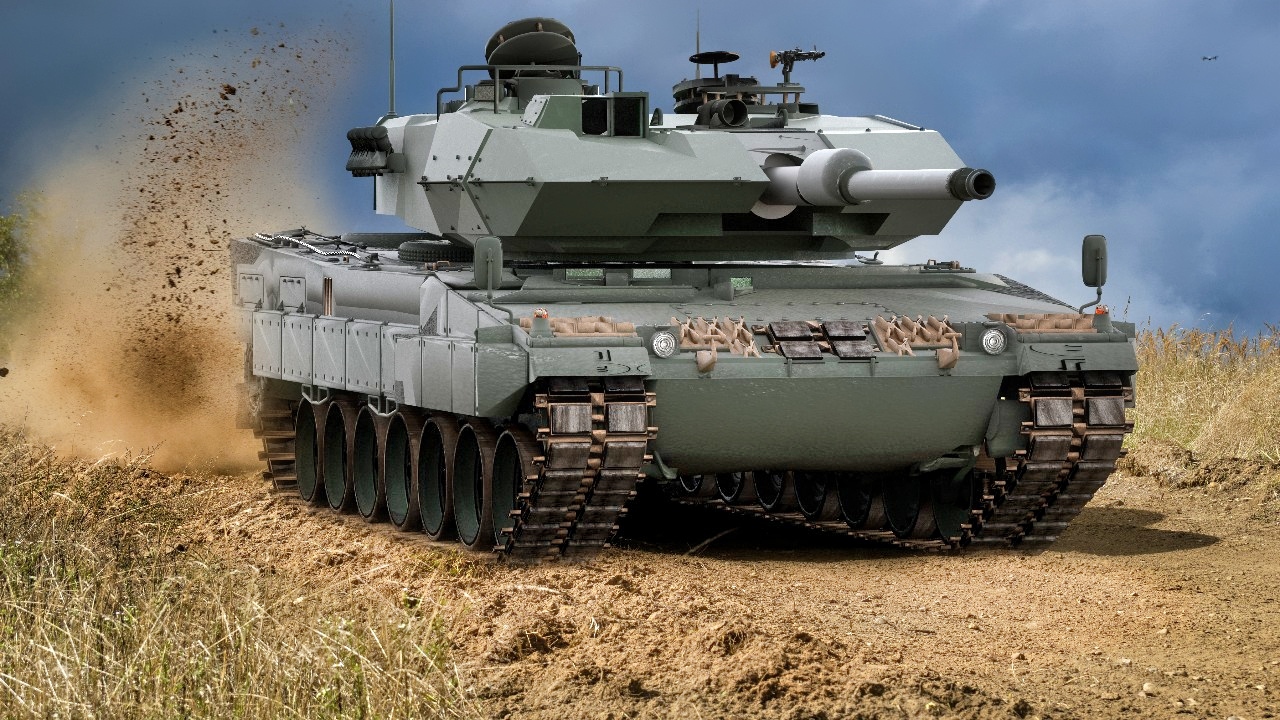
7. Russian T-14 Armata
Billed as Russia’s greatest tank, this tank is almost too overrated to waste time writing about. Yes, it is truly next-level.
But it is so advanced that it’s way too expensive and complicated to produce in large numbers. Because of its unique technological nature, the tank was pulled early on from the frontlines of Ukraine out of fear that losing even one of these MBTs would be gravely detrimental to Russia. So, regardless of the high level of technology built into this platform; irrespective of how scared of it Western strategists are, it’s a wasting asset for Russia.
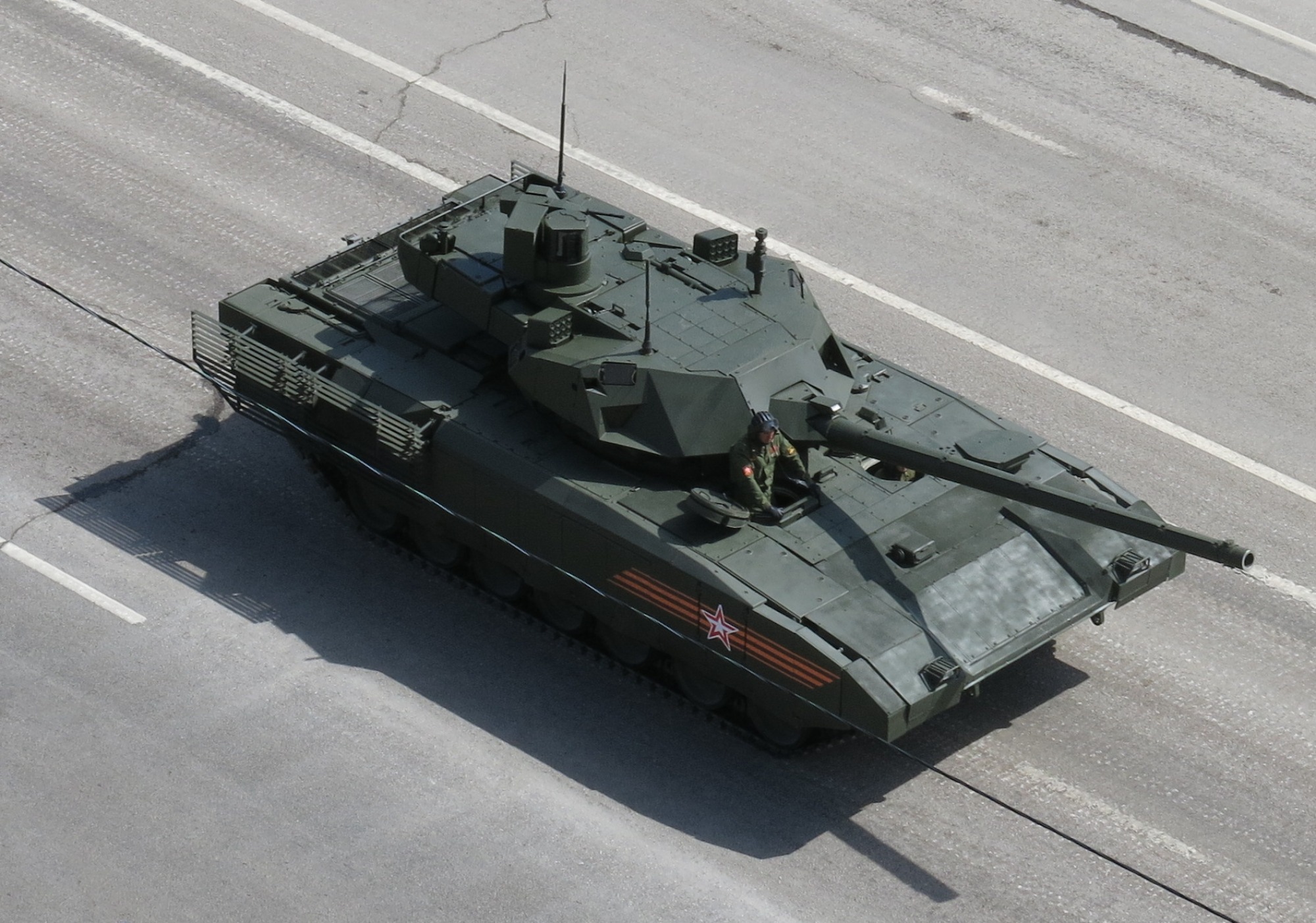
6. Chinese T-99
Developed in 2000, this third-generation MBT is a strange knockoff of the old Soviet T-90 and merges ripped-off designs from other Western tanks, mixing them together in the T-99. For example, it possesses the modular add-on explosive reactive armor that made
Germany’s aforementioned Leopard-II MBTs so popular. It has an active laser protection system that helps defend it against incoming missiles, disrupts enemy tank optical gear, and can even be deployed against enemy helicopters.
China has mass produced 1,200 of these tanks over the last 20 years, making it the backbone of its armor force. Although, these tanks are relatively untested in combat. Still, it’s a relatively affordable, easily mass-produced tank that brings with it some helpful features. While the American M1 Abrams is likely a better tank, the fact of the matter is that China’s ability to out-produce equipment means that the Americans will be at a deficit.
5. Korean K2 Black Panther
Peter Suciu has described this MBT as the world’s greatest MBT. It has an excellent engine, incredible defenses, a potent 120mm smoothbore gun that can fire up to 10 to 15 rounds per minute. South Korea created this next-generation MBT to counter what it feared would be an eventual North Korean invasion.
This tank rivals, indeed it surpasses anything the North Koreans have in their arsenal. The Turks prefer this tank to any other.
There’s just one problem: the K2 is wildly expensive. In a long-term war in which South Korean infrastructure is destroyed or seriously damaged, how can one mass-produce this system and maintain it?
Save for that, the electronic warfare capability and overall technical prowess in combat that this tank exhibits should make it the best tank in the world.
But it will be difficult to replace these systems once they are lost in large numbers in a major war, making these systems suspect.
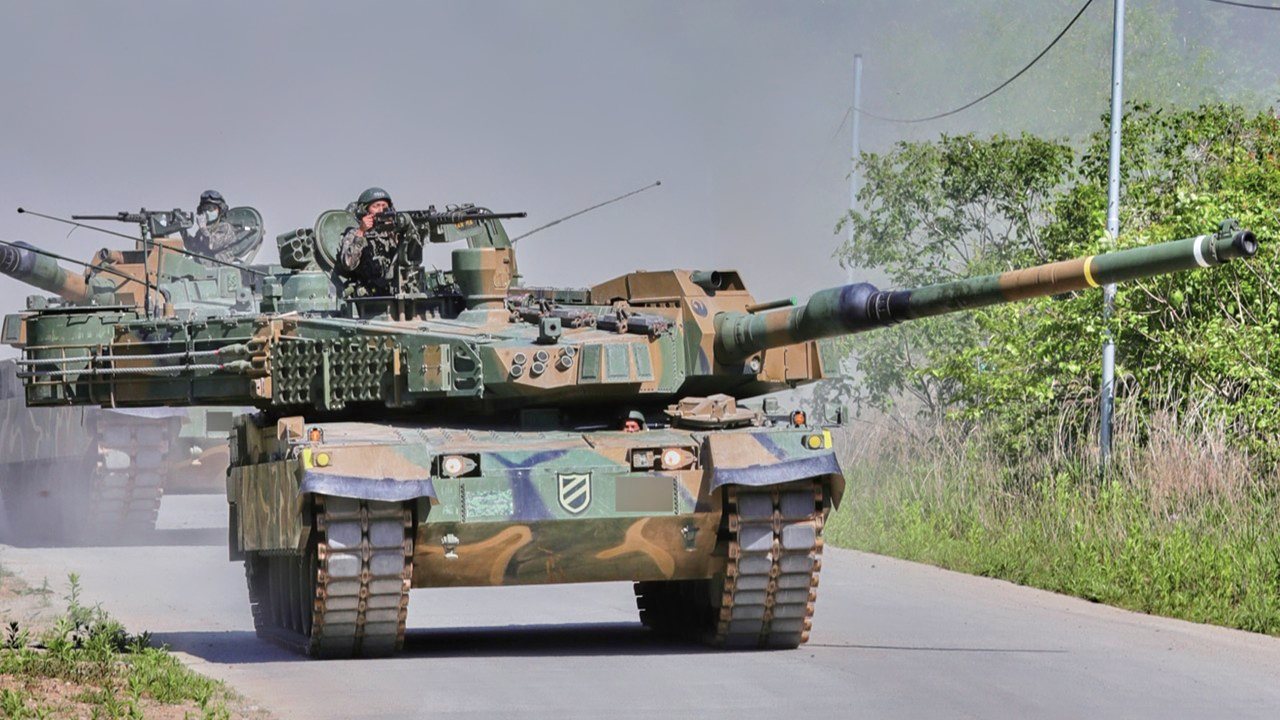
4. French Leclerc XL
This MBT is designed for speed and maneuver. It can travel 50 miles per hour and can blast targets as far as 2.5 miles away. This tank is lighter than many of its third-generation MBT counterparts, such as the M1 Abrams.
Because of its lightness, it is nowhere near as well armored as the other tanks it competes against are. The Leclerc does possess reactive armor, though, just like the Leopard-IIs do.
Only three other nations operate this tank. It has a limited combat record. Although, it was used by the United Arab Emirates (UAE) when that country intervened in the Yemen Civil War, where observers said that the Leclerc performed better than did the Saudi arsenal of American-made M1 Abrams MBTs. The production line ended in 2008 and 50 upgraded versions are currently being made. Again, though, mass producing these tanks will be difficult and they may not fare well against a near-peer rival, such as Russia.
3. Israel’s Merkava V
Nicknamed “Barak,” or “Lightning,” Israel’s Merkava V MBT not only has advanced technology, such as sensors and electronic warfare abilities, but it also has an artificial intelligence system. It has one 120mm smooth-bore gun that has been developed by Israel Military Industries able to fire high-penetration projectiles and guided shells with a firing range of up to 4,000 m.
The second armament consists of a 7.62 mm coaxial machine gun, a 7.62 mm machine gun mounted on the right side of the turret roof, and an internally mounted 60 mm breech-loaded mortar. Its sensors and electronics are incredible and it has an impressive engine. It is currently deployed in a limited fashion with the IDF. Considering that Israel is a small country and is not seeking a wider ground war against a near-peer adversary, the Israelis have both an incredible tank and they likely can produce enough of them to maintain fighting capabilities.
2. American M1 Abrams
A legendary MBT with a marvelous service record, this tank is one of the world’s finest systems. Sadly, it is aging. And the upgraded AbramsX version, while it will be even more sophisticated than its predecessor—including having an onboard AI system, like the Israelis have on their new tank—it is no longer relevant to the battlefield.
The Ukraine War alone has proven how drones are far more effective in warfare than are MBTs.
And these tanks are expensive and hard to reproduce, thanks to America’s utterly broken defense industrial base. What’s more, the Abrams promised to Ukraine (around 30 of them) have not fully deployed and will not make the kind of tactical difference Ukraine expects them to.
1. Russian T-72
The reason that this old Soviet tank is the best in the world is because of the fact that it is used by multiple countries. It is easy to operate and cheap. The Russians have found that their war in Ukraine has not gone well by using either its T-90M MBT or its aforementioned T14 Armata.
The T-72 has kept the Russians in the fight. What’s more, these systems are easy to mass produce and when they’re lost (so many have been lost in combat), it doesn’t really matter, because Russia can simply—quite easily and cheaply—produce many more.
The T-72, despite the drones and other hardships it has endured, is winning the war against Ukraine for Russia. It isn’t being done with any finesse. But it’s getting the job done. That’s why this is the greatest tank in the world today.
Best Tanks on the Battlefield: Comparison Table
This side-by-side comparison breaks down how the top main battle tanks measure up in key combat categories. From firepower to cost, this table highlights which platforms lead and why some outlast others on the battlefield.
| Feature | T-72 (Russia) | M1 Abrams (USA) | Merkava V (Israel) | Leopard II (Germany) | K2 Black Panther (South Korea) | T-99 (China) | T-14 Armata (Russia) | Leclerc XL (France) | Challenger 2 (UK) | Challenger 3 (UK) |
|---|---|---|---|---|---|---|---|---|---|---|
| Firepower & Main Gun | 125mm smoothbore | 120mm smoothbore | 120mm smoothbore | 120mm smoothbore | 120mm smoothbore | 125mm smoothbore | 125mm smoothbore w/ autoloader | 120mm smoothbore | 120mm rifled gun | 120mm smoothbore |
| Armor Protection | Composite w/ ERA | Chobham, depleted uranium layers | Composite + Trophy APS | Modular composite + add-on armor | Composite + optional APS | Modular composite + ERA | Afghanit APS + composite | Modular composite armor | Dorchester composite | Modular armor + Trophy APS |
| Mobility & Speed | 60 km/h (road) | 67 km/h (road) | ~64 km/h (road) | 68 km/h (road) | 70 km/h (road) | 80 km/h (road) | ~80 km/h (claimed) | 72 km/h (road) | ~59 km/h (road) | ~60 km/h (road) |
| Weight & Dimensions | ~45 tons | ~67 tons | ~65 tons | ~62 tons | ~55 tons | ~54 tons | ~55 tons | ~56 tons | ~62.5 tons | ~66 tons |
| Crew Size & Ergonomics | 3 (w/ autoloader) | 4 | 4 + troop compartment | 4 | 3 (autoloader) | 3 (autoloader) | 3 (unmanned turret) | 3 (autoloader) | 4 | 3 |
| Technology & Electronics | Basic fire control, night vision | Advanced fire control, thermal sights | Full networked battle management | Advanced optics + digital systems | Full digital systems + sensors | Modern sensors + fire control | Fully digital + unmanned turret | Advanced FCS, digital systems | Upgraded FCS, limited networking | Fully networked, digital suite |
| Cost & Maintenance | $1–2 million per unit | $10–12 million per unit + high upkeep | ~$10 million per unit | ~$8–10 million per unit | ~$8.5 million per unit | ~$4–5 million per unit | ~$12–15 million (low-volume) | ~$9 million | ~$6–7 million | Estimated ~$10+ million |
| Combat Proven Experience | Extensive, global conflicts | Extensive, Iraq/Afghanistan | Extensive, Lebanon/Gaza | Ukraine, Afghanistan | Limited real-world use | Limited combat exposure | Minimal active use | Peacekeeping, low-intensity conflicts | Iraq, Bosnia, Kosovo | Not yet combat-tested |
Note: Cost and specs may vary by variant and upgrade level
Final Thoughts
Main battle tanks remain a cornerstone of ground warfare, but their role is evolving. In today’s combat environments, where drones, top-attack missiles, and electronic warfare dominate, raw firepower is no longer enough. The tanks that succeed are those that balance survivability, adaptability, and logistical practicality with cutting-edge features.
While tanks like the T-14 Armata and K2 Black Panther showcase what’s possible with modern technology, the real-world battlefield often favors platforms like the T-72 and M1 Abrams, tanks that are reliable, upgradeable, and proven under fire. Survivability, ease of repair, and production scale are increasingly just as important as stealth coatings and digital fire control.
Despite predictions of their obsolescence, tanks are still indispensable for breaking enemy lines, holding ground, and supporting infantry in high-intensity conflict. With the right upgrades and combined arms support, they continue to play a decisive role on the battlefield.
FAQs
What makes a modern tank the best on today’s battlefield?
It’s not just about technology. The best tanks combine firepower, protection, mobility, and sustainability. A truly dominant tank must perform under real-world conditions, survive hits, and keep operating with minimal downtime. Ease of production and maintenance also matter in long-term conflicts.
Which country produces the most advanced main battle tanks?
Countries like the United States, South Korea, Israel, and Germany lead in tank technology. The U.S. produces the M1 Abrams, Israel builds the Merkava V, South Korea manufactures the K2 Black Panther, and Germany supplies the Leopard II, all of which feature advanced sensors, armor, and weapons systems.
How do modern tanks defend against anti-tank missiles?
Modern tanks are equipped with a mix of passive and active protection systems. These include explosive reactive armor (ERA), radar-based threat detection, and active protection systems (APS) like Israel’s Trophy or Russia’s Afghanit, which can intercept incoming missiles before impact.
Which tank has the best armor protection system available?
The Israeli Merkava V, with its Trophy APS and layered modular armor, is widely considered one of the best-protected tanks in service. The Russian T-14 Armata and South Korea’s K2 also feature high-end protection suites, but real-world combat data on their performance remains limited.
What countries export their tanks to international buyers?
Germany’s Leopard II is one of the most exported tanks in the world, used by countries across Europe and beyond. The U.S. exports variants of the Abrams, South Korea has exported the K2 to Poland, and China’s T-99 has been marketed to several nations. Alliances, licensing, and regional defense needs often shape export decisions.
This article was updated and adapted from original reporting by Brandon J. Weichert.
All images are Creative Commons or Shutterstock.


